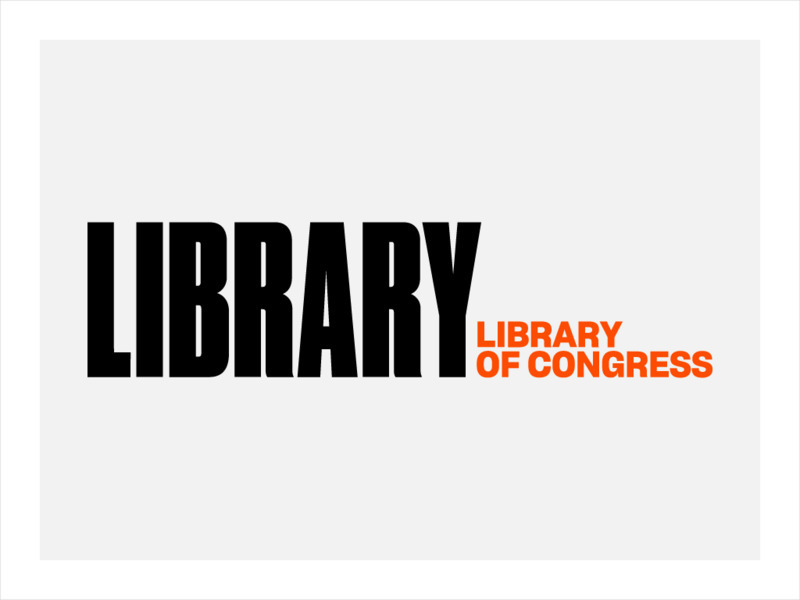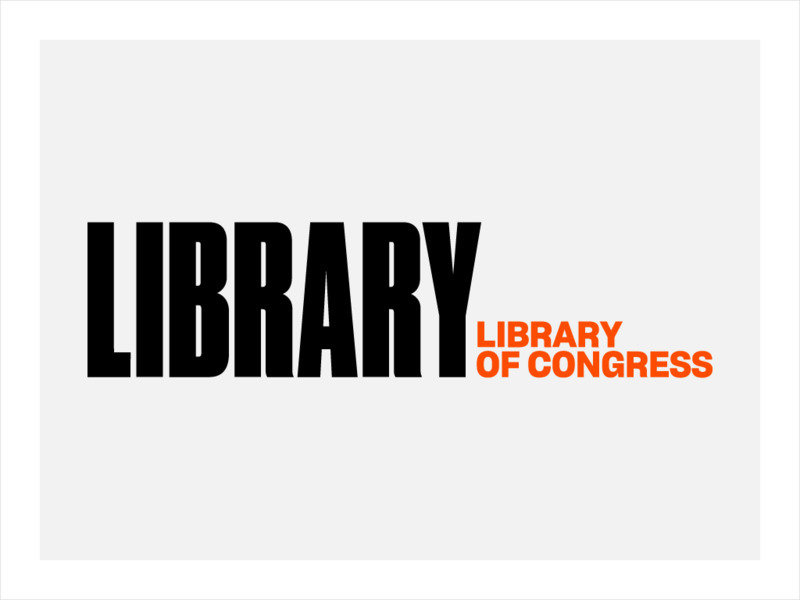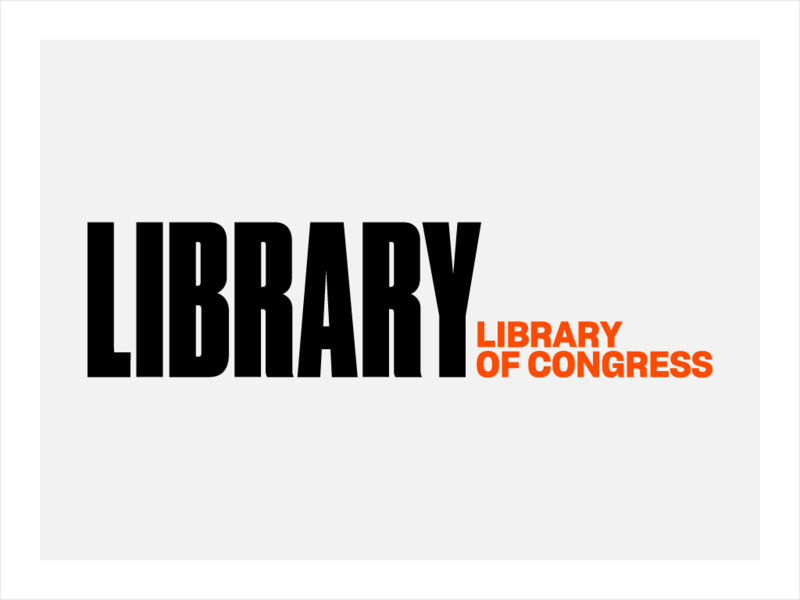Hi, what do you want to do?
Curated OER
Challenges Faced by the New Nation's Presidents
Sixth graders, while in the computer lab utilizing the internet, locate primary sources to interpret and analyze the struggle of the new nation to gain the respect of European countries. They interact with a worksheet that organizes...
Curated OER
Twentieth Century Entertainment: When Work is Done
Students determine how Americans enjoy leisure time. In this 20th century America lesson, students research primary sources to study how Americans gained leisure time during the century and what they did with it.
Curated OER
Women's Suffrage: Their Rights and Nothing Less
Students explore women's rights. In this women's history lesson, students examine primary and secondary sources regarding the women's suffrage movement in the United States. Students compare and contrast the states' methods for achieving...
Curated OER
Not Just A Man's War
Learners write 2 letters from a woman who may have lived during the Civil War and 2 letters from her relative which include factual information that they have research using the Internet and other resources, along with other activities.
Curated OER
Immigration and Migration Today and During the Great Depression
Students conduct oral history interviews and research primary resources to explain changes in immigration and migration over time.
Curated OER
Immigration and Oral History
Students examine immigration. In this oral and social histories lesson, students analyze primary sources to research immigration history in their community. In this year-long research project, students participate in visual and...
Curated OER
Reading A Historical Photograph
Students examine a historical photograph to gather information and draw conclusions.
Curated OER
Immigration/Migration
Sixth graders investigate the immigration into America by researching Ellis Island. In this United States History lesson, 6th graders research the Internet to view photographs and find information about the immigration to Ellis Island....
Library of Congress
Loc: Photo Analysis Presenting the Statue of Liberty
The ability to examine a primary source is a gateway to building critical thinking skills and constructing knowledge. This lesson plan provides the students an opportunity to observe similarities and differences between 2 visual images,...
Library of Congress
Loc: Teachers: Personal Stories and Primary Sources
Students will explore the value of personal stories and first-hand accounts when exploring history, in this case, the events of the early twentieth century, which included World War I and the Great Depression. Through this five-unit...
Library of Congress
Loc: American Memory: Colonial Settlement 1600s 1763
The settlement of the colonies in America is the focus of this article. The course of events is divided into topics and time periods, making it easier to understand. Note is made of the effects to the already present Native Americans as...
Huntington Library
Huntington Library: Slavery: A Crisis in the Making [Pdf]
This lesson looks at the issue of slavery and the role it played in the American Revolution and the founding of the new Republic. Includes background information for the teacher. Students participate in performing a reader's theater...
Huntington Library
Huntington Library: A Nation Conceived in Liberty [Pdf]
In this instructional activity, 11th graders examine the events and political philosophy that laid the foundations of the American government, the Constitution, and the Bill of Rights. They also look at what role religion played in...
Library of Congress
Loc: Teachers: Exploring Community Through Local History
Guidelines for exploring local history and culture through examining a collection of written and spoken stories, landmarks, and traditions, such as food, festivals, and events. Students will research a variety of primary resources and...
Library of Congress
Loc: The Great Gatsby: Primary Sources From the Roaring Twenties
In order to appreciate historical fiction, students need to understand the factual context and recognize how popular culture reflects the values, mores, and events of the time period. Since a newspaper records significant events and...
Library of Congress
Loc: Teachers: Civil War Photographs: The Mathew Brady Bunch
Students browse a collection of over one thousand Civil War photos, and then choose one to examine in-depth. The resulting assignment is a news article based on the photo's events and subject matter.
Library of Congress
Loc: Teachers: America at the Centennial
A lesson plan requiring student to analyze primary documents from the Philadelphia Centennial Exposition of 1876. Learners interpret what these historical artifacts say "about the lives and values of Americans in 1876" among other things.
Library of Congress
Loc: World War I: What Are We Fighting for Over There?
The Great War of 1914-1918 significantly shaped the course of the twentieth century, both at home and abroad. How can this pivotal event be personalized and brought to life for students in the new millennium? Unfortunately, increasingly...
















![Huntington Library: Slavery: A Crisis in the Making [Pdf] Lesson Plan Huntington Library: Slavery: A Crisis in the Making [Pdf] Lesson Plan](https://static.lp.lexp.cloud/images/attachment_defaults/resource/large/FPO-knovation.png)




